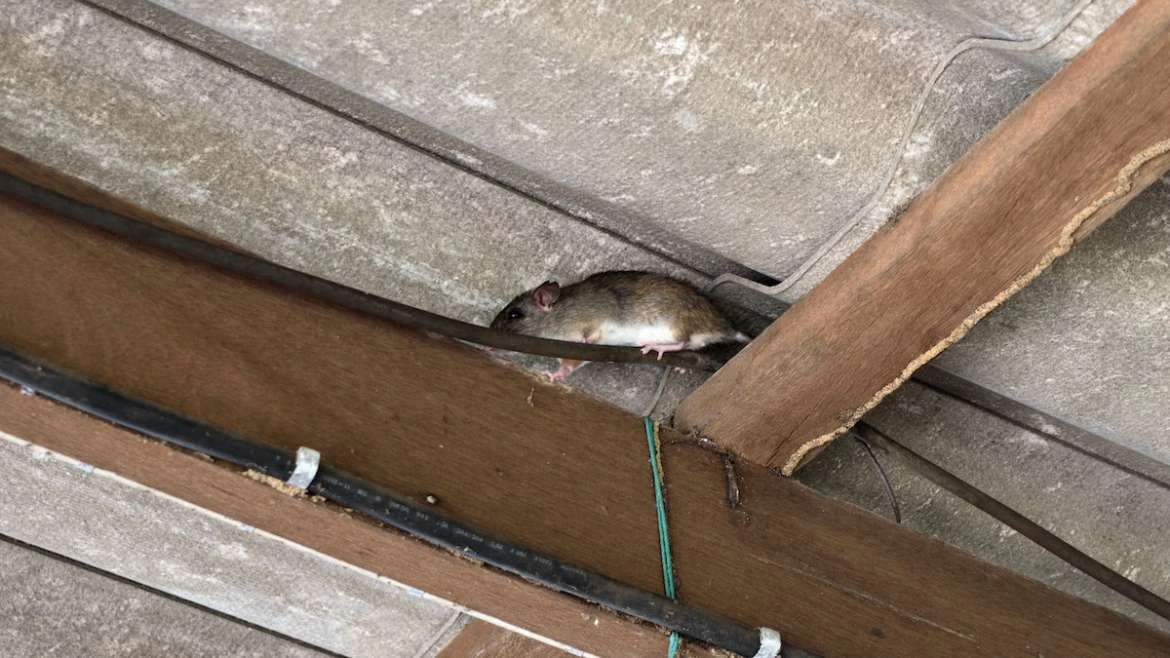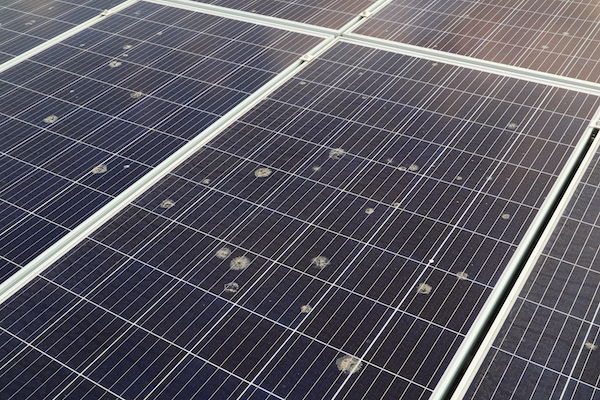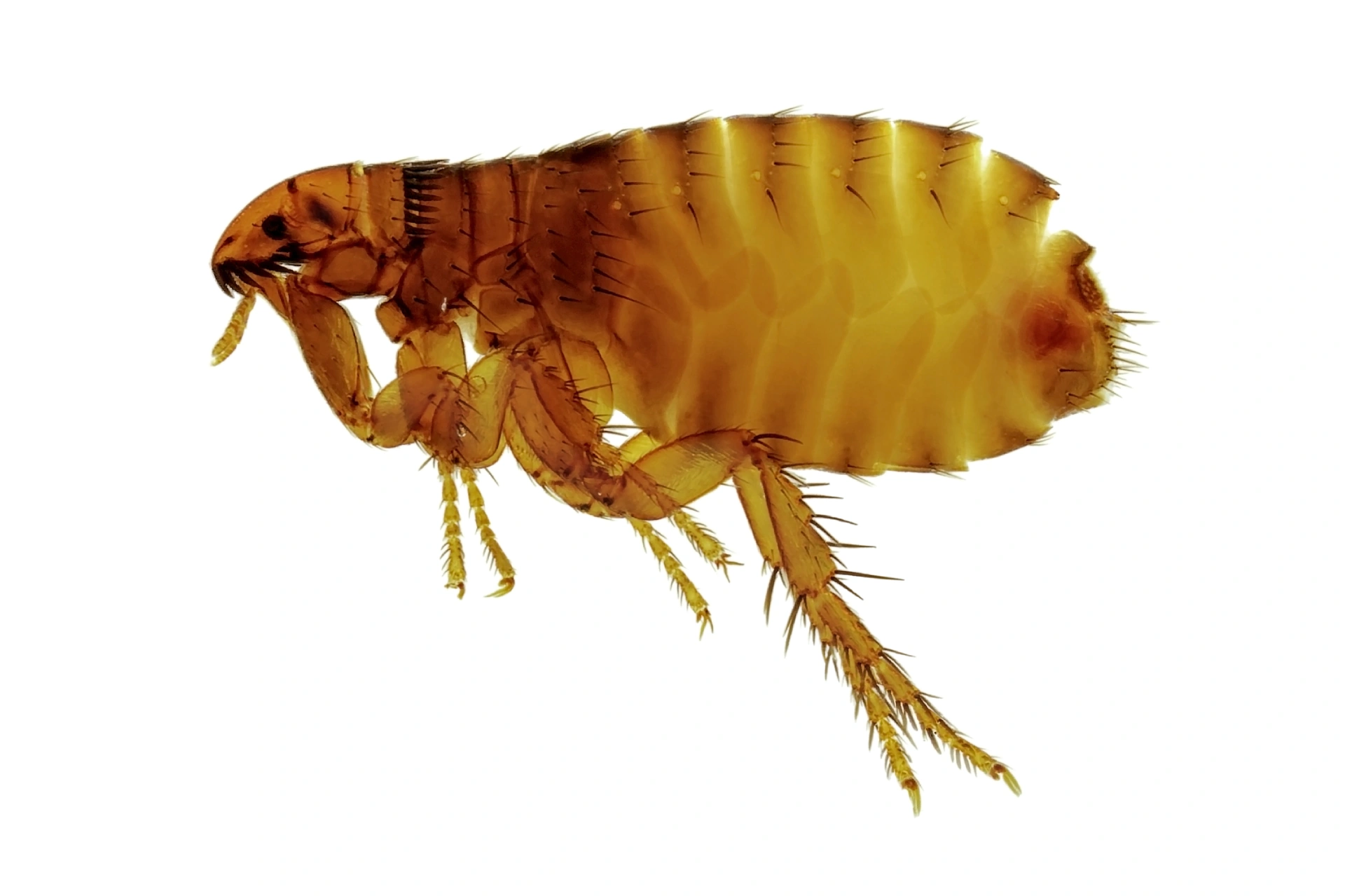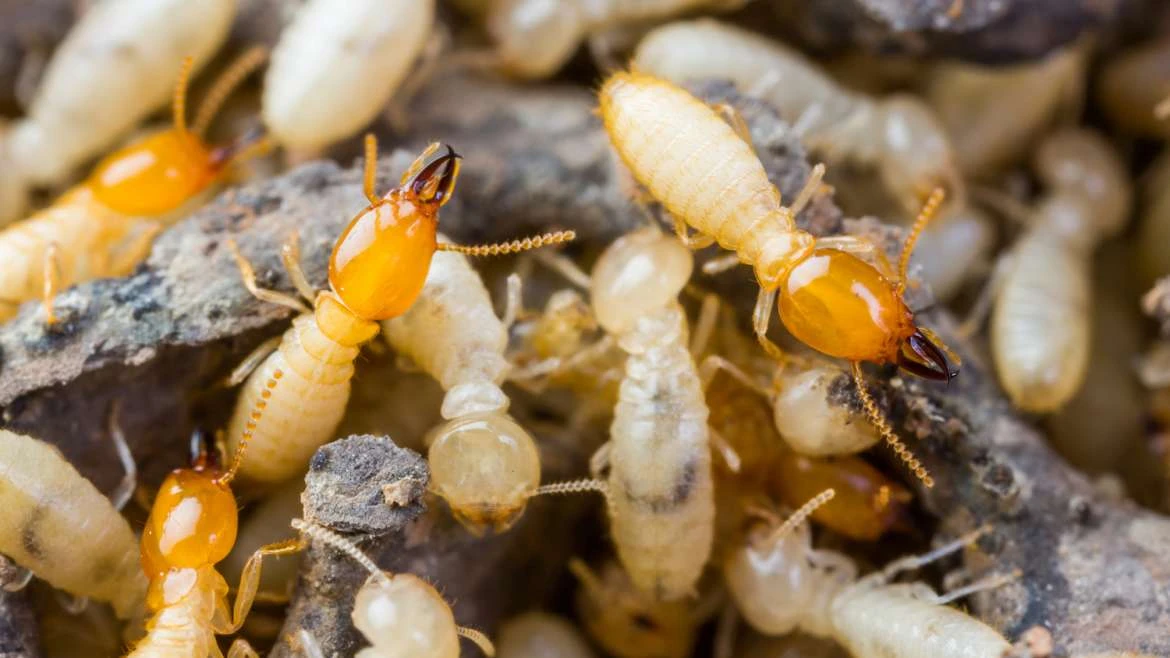The need for an end of lease pest control treatment, when tenants vacate a property, is a common requirement in rental agreements. However, it’s important not to forget that a landlord also has certain pest control responsibilities under the health and safety laws. But to be honest, given that a property is such a significant investment, a property investor should consider a range of pest control services above the minimum required by law, to protect their investment.
The actions landlords should consider can be split into general pest control activities and termite protection options for your property.
Who is Responsible – Tenants or Landlords?
Pest Control Before a Tenancy Starts
The health and safety laws state that the landlord is responsible for making sure that the accommodation is free from pests prior to the tenant moving in. This primarily includes cockroaches, rodents, fleas and bedbugs, but could include any pests deemed to be a health and safety issue. A general pest control treatment is the standard option to eliminate any pests and get the property ready for leasing.
Pest Control Issues During a Tenancy
Generally speaking, for general pest control issues that occur during a tenancy, it is up to the tenant to take the steps to eradicate the problem. However, it certainly does not include dealing with termite, borer or wood decay problems – this remains the responsibility of the landlord.
Landlords should also be aware of the serious damage that rodents may cause. In particular the damage they can cause through their gnawing activities. In fact, it is believed that rodents are one of the major causes of ‘unexplained’ house fires, which they start when they chew through electrical wiring. Whereas rodent problems in the house are generally the responsibility of the tenant, it’s not uncommon for rodent activity in the roof or sub-floor to remain undetected by the tenant. As such, a rodent treatment (at the landlord’s expense) to prevent potential rodent problems, is probably a good investment.

Bird problems are also the responsibility of the landlord. Birds nesting in the roof or around the solar panels should be dealt with promptly. Not only are there health risks from the diseases and parasites they can carry, but they can also cause significant damage to solar panels due to their acidic droppings. Arranging for bird proofing for the solar panels will prevent damage to the solar panels and ensure optimal performance.

Pest control responsibilities for properties under strata management are different, with pest issues in common areas the responsibility of the body corporate, but with pest issues inside a property the responsibility of the landlord and tenant as described above.
End of Lease Pest Control
At the end of the tenancy, if the tenant has kept pets on the premise, they will generally be required to book an end of lease pest control treatment to make sure the premise is free from fleas. Some lease agreements require this, even if the tenant does not have a pet.

(Please note the legal pest control requirements do vary slightly by state. The information provided here is in line with NSW requirements).
Protecting your Investment Property from Termites

Before you buy – Pre-Purchase Pest Inspection
Before you buy an investment property, not only should you book a building inspection, you should also book a pre-purchase timber pest inspection (covers termites, borers and wood decay). When you’re buying an investment worth hundreds of thousands of dollars (as a minimum!), spending a few hundred dollars on inspections before you decide to buy is probably the smartest investment you will make.
Termite Inspections for Investment Properties
With termites capable of causing significant damage in as little as 6 months, annual termite inspections are a must for any property owner, not just landlords. Arguably it is even more important for landlords, as generally they are not living in the house, so have no idea what may be happening at the property.
A termite inspection will pick up the signs of termite activity, areas of termite damage, and construction faults/conditions around the home that may make a termite attack more likely. This includes leaking taps, leaks in the roof, poor drainage, etc, so in many ways the termite inspection can be considered a “health check” for your home. As the property is a significant investment, a termite inspection once a year is not a major cost.
In addition, regular termite inspections also mean your property has an extra set of eyes inspecting your property on a regular basis (in addition to the property manager), to help make sure all is in order.
Termite Treatments at Investment Properties
Although a termite inspection is the minimum action a landlord should take to protect their property from termites, a termite treatment is required to provide the long-term termite protection for the property. With termite attack more likely than fire, flood and natural disaster combined, and yet not covered by standard home insurance, having a preventative termite treatment is a smart investment. So although pest control may not be front of mind for landlords, it should actually be one of the top priorities – vital for protecting the value of the investment.
Summary
Landlords and tenants share pest control responsibilities. But for property investment, as a landlord it’s in your best interest to go beyond the minimum. Get pre-purchase timber pest inspections before buying. Annual termite inspections are also crucial. Termite treatments offer long-term protection and are a wise investment, given that termites pose a greater risk than fire and natural disasters.

